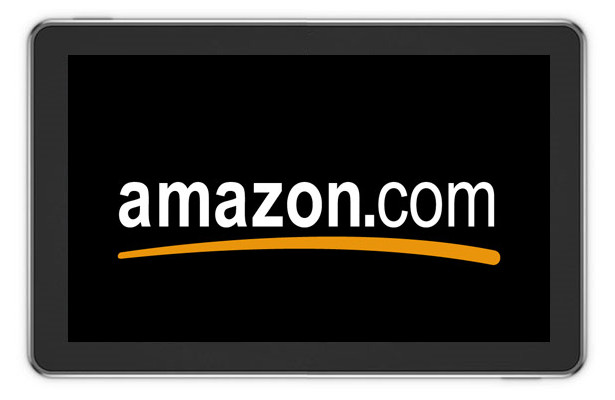Amazon.com launched its long-awaited tablet, the Kindle Fire, today and once again established its place, alongside Apple and Google, in the Bit Three of economic disrupters. My colleague Tim Bajarin has written about the details of the $199 tablet and why it will be a game changer. I am going to focus on the impact of the Amazon business model.
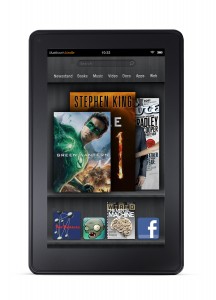 One reason that every tablet that isn’t an iPad has struggled badly is that they haven’t given consumers a compelling reason to want to own one. The iPad offers a great user experience based mainly on a rich system of inexpensive apps offered by Apple and a galaxy of third-party developers.
One reason that every tablet that isn’t an iPad has struggled badly is that they haven’t given consumers a compelling reason to want to own one. The iPad offers a great user experience based mainly on a rich system of inexpensive apps offered by Apple and a galaxy of third-party developers.
Competitors have offered products with a somewhat worse experience for about the same price or a much worse experience for a significantly lower price. Unsurprisingly, consumers found neither model appealing.
At this point, we have to assume that the actual performance of the Fire when it ships Nov. 15 will be close to what Amazon demonstrated on Sept. 28. Attendees at the event were only allowed to look at, not use, the prototypes on hand. But if it does, Amazon will be hard-pressed to meet the demand.
But the real prize for Amazon will be Fire’s ability to sell, something that should let the company quickly recoup the $50 to $100 in subsidy implied by the $199 price. The first thing it will sell is $79 annual subscriptions to Amazon Prime, an odd but highly successful bundle of free two-day shipping on all Amazon goods and unlimited access to Amazon’s large library of streaming movies and TV shows. My guess is that the conversion rate after the one-month free trial of Prime included in the Fire’s price will exceed 50%.
The Fire also looks to be a beautiful e-reader that will sell lots of books. (And Amazon protected its flanks by announcing three new monochrome eInk Kindles: an entry-level product at $79 and a new touchscreen version, with and without free 3G wireless, at $149 and $99. Those are impulse purchase prices that will probably finish off the printed book.)
Although Fire’s software is based on Android, it is not an official Google Android device and will probably not have access to the official Android Marketplace. I don’t think this is much of a concern to Amazon, because it stands ready with its own App Store, one more way to sell stuff. (In general, the fact that Fire runs on Android is about as apparent to the user as the fact that TiVo runs on Linux, which is to say not at all.)
Apple is not likely to be quaking at the prospect of Kindle Fire, nor should it. While the iPad and the Fire will compete at the margin–people only have so much money and only want so many gizmos–they are very different products with very different business models aimed at very different markets. Barnes & Noble and Google have a lot more reason to be worried. So does anyone else who sells stuff, whether the goods are digital or physical.


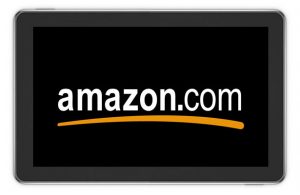


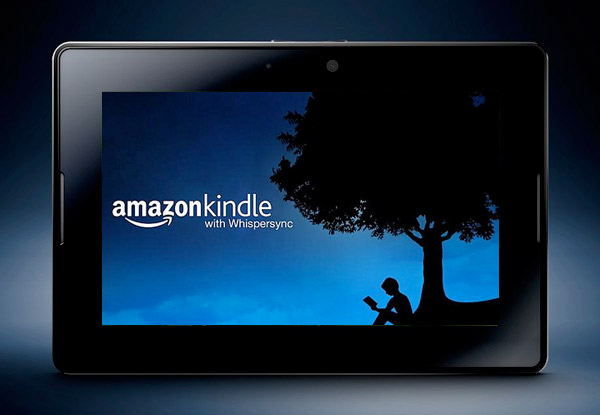



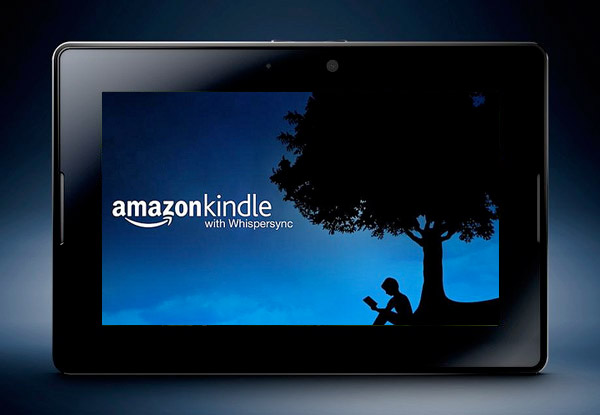 For example, in a
For example, in a 



